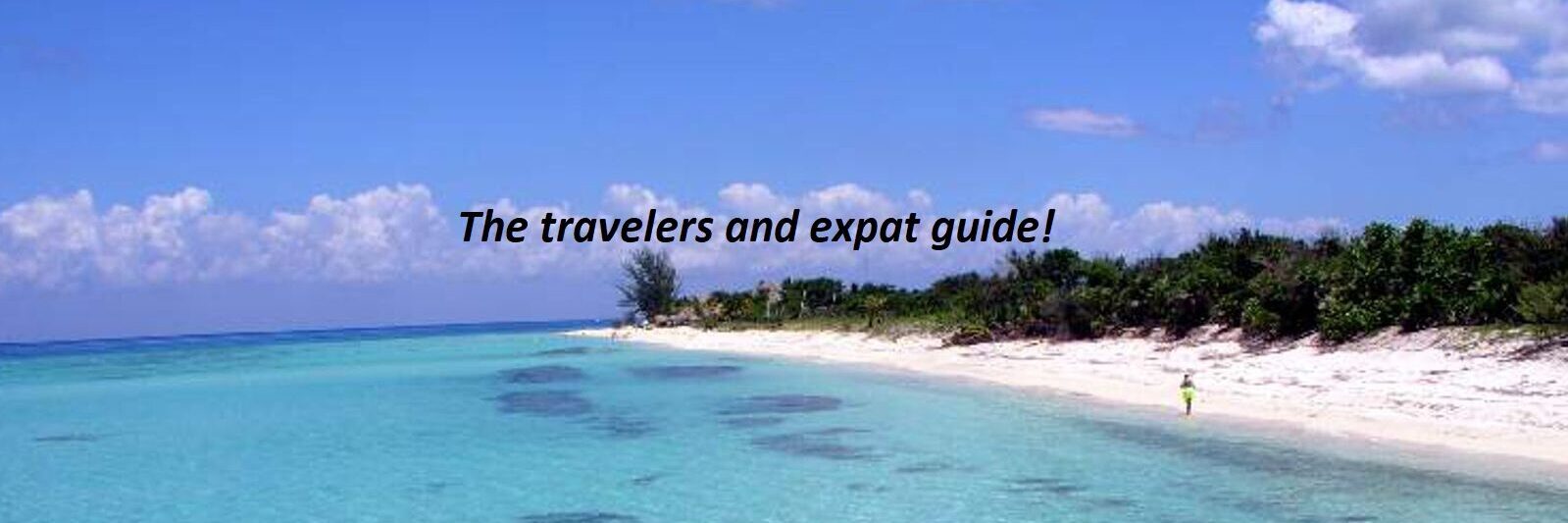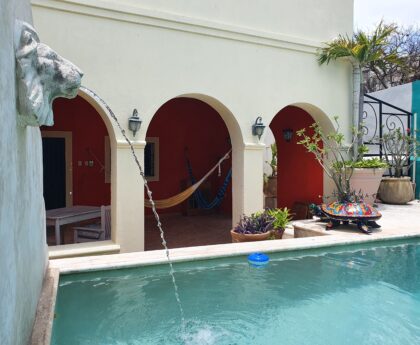Valladolid Yucatan: A Window into Mexico’s Rich Culture and History
Valladolid is a charming colonial city that boasts a rich cultural heritage and a fascinating history. Founded in 1543 by the Spanish conquistador Francisco de Montejo, the city was one of the first colonial settlements in the region. It also served as the capital of the Yucatan during the 19th century.
It is a popular destination for travelers looking to explore the history, culture, and natural beauty of Mexico’s Yucatan Peninsula. With its colorful streets, well-preserved colonial architecture, and vibrant local traditions. The city offers a unique window into Mexico’s rich cultural past.
History
The history of Valladolid dates back to the 16th century. When the Spanish conquistadors arrived in the Yucatan Peninsula in search of gold and other precious resources. After founding several other settlements in the region, Francisco de Montejo established Valladolid in 1543. He named it after the Spanish city of Valladolid.
Over the centuries, the city played an important role in the history of the Yucatan Peninsula. During the Mexican War of Independence, Valladolid was one of the first cities to declare its support for the rebels. The city was a center of resistance against the Spanish colonial authorities.
In the 19th century, Valladolid became the capital of the Yucatan. It held until the capital was moved to Merida in 1824. During this period, it experienced a period of rapid growth and development. Many of its most iconic buildings and landmarks constructed during this time.
Visiting Valladolid
Today, the city is a thriving place with a rich cultural heritage and a wide range of attractions for visitors to explore. Some of the must-see sights in Valladolid include:
- San Servacio Cathedral: This stunning cathedral is one of the most iconic landmarks in Valladolid, with its striking yellow façade and impressive bell towers.
- Cenote Zaci: One of the most popular natural attractions in Valladolid, Cenote Zaci is a large sinkhole filled with crystal-clear water that is perfect for swimming and snorkeling.
- Casa de los Venados: This beautiful colonial mansion is home to one of the largest private collections of Mexican folk art in the world, and visitors can take a guided tour of the collection to learn more about Mexico’s rich artistic traditions.
- Calzada de los Frailes: This picturesque street is lined with brightly colored colonial buildings and is a popular spot for strolling and people-watching.
Information
When visiting Valladolid, it’s important to keep in mind a few tips to make the most of your trip. For example, the best time to visit is between November and March, when the weather is mild and dry. Visitors should also be prepared for the strong sun and bring plenty of sunscreen, as well as insect repellent to ward off the local mosquitoes.
Valladolid is a unique and fascinating destination that offers a glimpse into Mexico’s rich cultural heritage and history. Whether you’re interested in exploring the city’s colonial architecture, sampling its delicious cuisine, or simply soaking up the local culture and traditions, Valladolid has something for everyone. So why not plan your next adventure to this enchanting city today?

